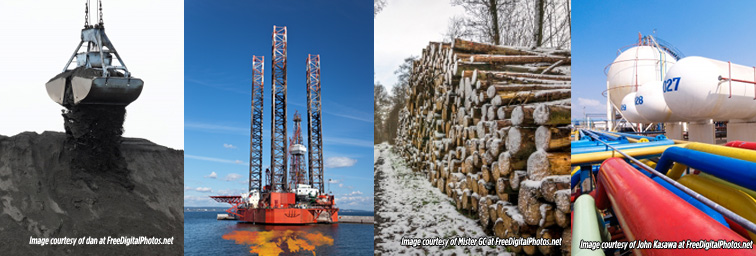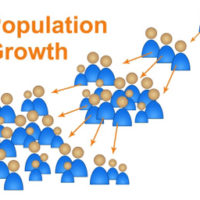
A Geomoment of Affluence Between Two Austere Eras
- Walter Youngquist
- July 7, 2015
- Forum Papers
- Forum Paper
- 0 Comments
Click here for a downloadable, printable PDF version
A GEOMOMENT OF AFFLUENCE BETWEEN TWO AUSTERE ERAS
An NPG Forum Paper
by Walter Youngquist
During most of human history austerity has been the norm. Only recently have some segments of world population enjoyed an affluent life. But these are very unusual times, far from the norm. It now appears human history can be broken into three distinct eras. First, the long march from the millennia of the hunter-gatherer economy to the time of the beginning and then widespread use of fossil fuels and other nonrenewable resources.
This ushered in a second era, a Geomoment of Affluence, a moment in Earth and human history based on the extensive use of Earth’s nonrenewable resources at an unprecedented increasingly unsustainable rate. It is a time in which we now live, lasting only a little more than 300 years. It will be only a unique brief moment, hardly measurable in the scale of geologic time, and brief even in the scale of the 200,000 years of modern human existence.
In essence, this is the Olduvai Theory proposed by Richard Duncan — that humans came from a primitive state (early human remains found in Olduvai Gorge in Africa) to a highly advanced state (the current Geomoment of Affluence) and then will inevitably revert to a further primitive state. It was the discovery and extensive use of fossil fuels that has made much of this Geomoment possible.
From abundant high density energy of fossil fuels combined with discovery and widespread use of a great array of both metals and nonmetals, humanity has developed an advanced technological civilization with huge benefits for those in the industrialized world. A few of these advances have reached less developed economies, for example, the increasing use of motor vehicles for transport. Many medical advances such as open-heart surgery are largely confined in use to the developed economies, and may never reach the majority of world population.[…]
- Framework of the Future - December 20, 2016
- THE SINGULAR CENTURY - September 14, 2016
- The Scale of Things and Demographic Fatigue - April 27, 2016

